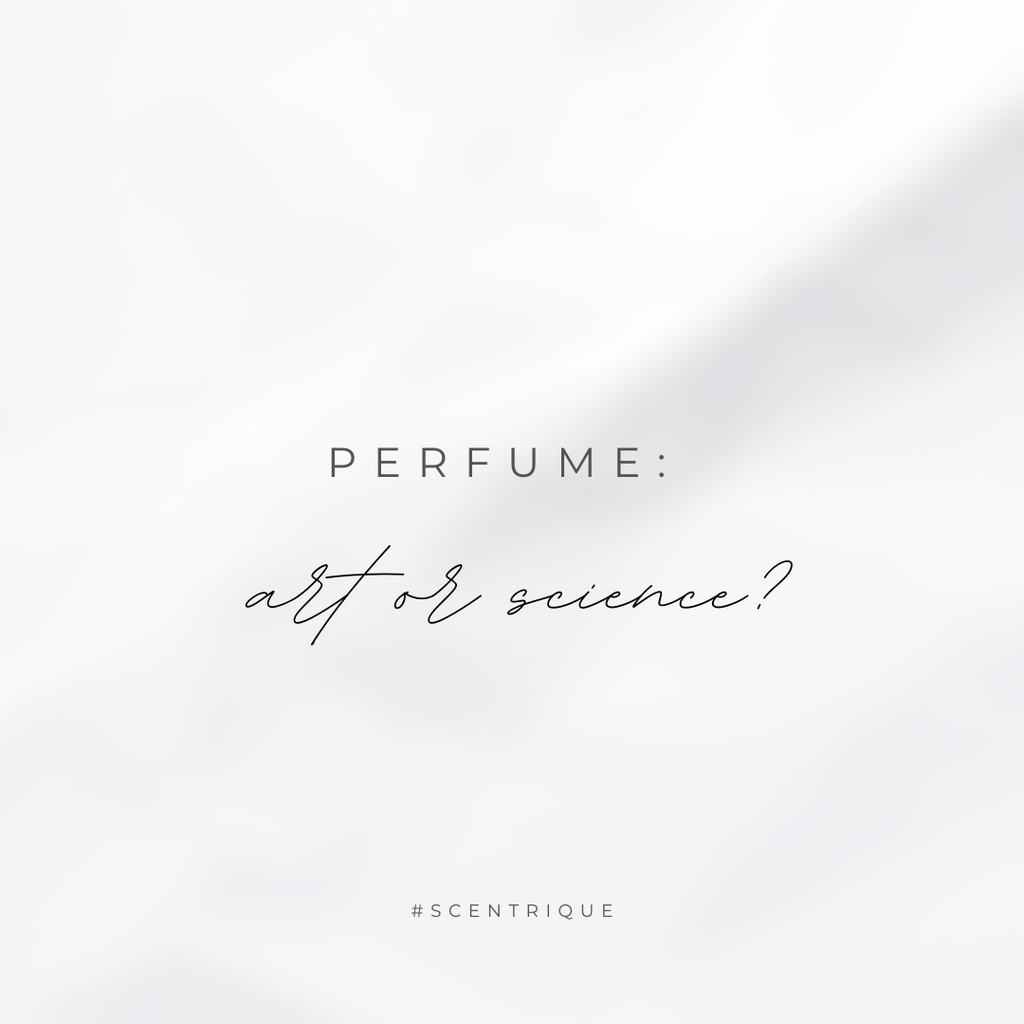Perfume: Art or Science?

It’s certainly a difficult task to place perfumery into a singular category of pure arts or pure sciences. In the beginning, with the birth of what most people would consider the start of modern perfumery — N.5 — from Chanel, made by perfumer Ernest Beaux in 1921, N.5 was already created with synthetic molecules made by organic chemists.
The vision for N.5 was to make an abstract scent, something that cannot be described fully by nature, aided by the addition of synthetic aldehydes. So even in 1921, the artistic and scientific parts of perfumery were already inseparable.

We can draw analogies to music productions and visual art productions. Can we say great music is just a blend of different frequencies that sound harmonious to our ears? Can we say great visual art is just a blend of different pigments that reflect beautiful colours in our eyes? I would hope you answered no to these questions, because the sentiments and stories within each composition matters. Without these emotions embedded in the art pieces, the intrinsic value of those compositions would become worthless.
Therefore, perfumery is equal parts art and science, a statement that should never be blurred.
Written by Long (Tony) Ye
MSc. Scent Design & Creation - ISIPCA
BEng. Chemical Engineering - McGill University
instagram: dilutedtears
image sources: http://fashion.telegraph.co.uk/beauty/news-features/TMG10862749/The-history-of-Chanel-No.5.html
